Action into Metaphor
Archetypal Actions in Adventure Therapy
 By now, if you’ve been following this blog, you might be seeing a theme. It’s my belief that adventure activities can be pretty easily consolidated into a few consistent elements, and each element has about 8 or 9 archetypes that can be applied to almost any activity. Games can be adapted by changing these archetypes around intentionally, or activities can be selected based on elements that meet specific client or group needs. I’ve talked about my overall comparison to the Hero’s Journey, and I’ve dug into the first element (objectives) of my model. Action is the second element. The action of an activity describes the physical behaviors that are required to complete an activity. Below is a list of the action archetypes and a brief description of each. You may notice that each action description makes reference to the two elements that come next (limitations and props). There will be more on that later! For now, here is the list of action archetypes:
By now, if you’ve been following this blog, you might be seeing a theme. It’s my belief that adventure activities can be pretty easily consolidated into a few consistent elements, and each element has about 8 or 9 archetypes that can be applied to almost any activity. Games can be adapted by changing these archetypes around intentionally, or activities can be selected based on elements that meet specific client or group needs. I’ve talked about my overall comparison to the Hero’s Journey, and I’ve dug into the first element (objectives) of my model. Action is the second element. The action of an activity describes the physical behaviors that are required to complete an activity. Below is a list of the action archetypes and a brief description of each. You may notice that each action description makes reference to the two elements that come next (limitations and props). There will be more on that later! For now, here is the list of action archetypes:- Balance – The group is required to find balance (for themselves or a prop) despite the challenges that may come from limitations, props, etc.
- Tag – Members of the group attempt to tag each other in a particular way according to the limitations, props, etc.
- Traverse / Journey – Individuals or the group work to traverse or cross a particular area
- Mimicry – Well known games or sports are adapted by adding different props / limitations and rules.
- Synchronize – The group is required to accomplish a particular task in unison, or in a specifically organized pattern despite limitations.
- Support / Carry – The group is required to hold / carry group members or props to complete a specific task.
- Organize – The group is required to arrange themselves or props in a particular fashion.
- Mingle/ Explore – The group wanders into and around a defined space together
- Solve / Build – The group constructs an object or solves a spatial puzzle.
Metaphors. You Gotta Love ‘Em!
Let’s be honest…. Metaphors drive Adventure Therapy. They are used all of the time, and are pretty crucial in helping our clients make connections. There’s been volumes written about metaphors, examples of metaphors, effectiveness of metaphors, and so on. Specifically, we love ISOMORPHS! Isomorphic metaphors are when the two object share similar structures, so in adventure therapy, an activity is an isomorph if it has similar structures to the client’s situation.
But How do I DO it?
I haven’t always felt like there was a clear way to articulate to new adventure therapists how these beautiful isomorphic connections are created. It’s always felt a bit like intuition, magic or a secret handshake to me. What I’ve decided is that it is a practiced skill. I see experienced facilitators weave elaborate metaphors effortlessly, and I’ve seen other facilitators get all tangled up by their metaphors. Even consulting the 7KMP model in the book Adventure Therapy: Theory, Research, and Practice, the recommendation is to “select a metaphoric adventure experience that just naturally “matches” the client’s issue and potential solutions to this issue.” Its not “just natural” when you first get started, and I still put a good chunk of my planning into this topic. To be fair, the book also discusses the use of double entendres and gerunds as a way to help create kinesthetic metaphors within an activity; however, it still seems to me that the process requires alarge selection of back pocket activities to choose from.
Action into Metaphor
 One thing that I’ve begun to notice is that there are a few consistent isomorphs that I use different versions of as I facilitate different activities. I might facilitate landmines as an isomorph of a client’s “journey into sobriety” or I might facilitate stepping stones as an isomorph of a group’s “journey to connection.” What I noticed is that several themes showed up in my facilitation, and (here’s the cool part) I noticed that they lined up pretty well with the categories of actions that I have been working on!
One thing that I’ve begun to notice is that there are a few consistent isomorphs that I use different versions of as I facilitate different activities. I might facilitate landmines as an isomorph of a client’s “journey into sobriety” or I might facilitate stepping stones as an isomorph of a group’s “journey to connection.” What I noticed is that several themes showed up in my facilitation, and (here’s the cool part) I noticed that they lined up pretty well with the categories of actions that I have been working on!
Since we know that action words and gerunds (verbs disguised as nouns by adding “ing”) help us to build isomorphs, I found it really interesting that a lot of these action archetypes are also consistent isomorphic themes when I am facilitating for groups, families and individuals. My hunch is that breaking activities down into their archetypal elements is not only a helpful way to invent or adapt activities intentionally, but also it can represent a more strategic way to select activities intentionally. For new adventure therapists, or those of us who sometimes need a little bit of extra time and planning to create rich metaphorical connections with our clients, this might just be a simple way to make isomorphs and metaphors more accessible!
Take a look at the list of Action Archetypes again. Which of these archetypes (if any) show up regularly in your facilitation? I’d love to hear how (or if) this resonates with you! Leave a comment below.
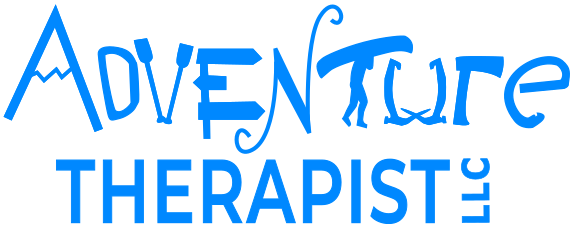
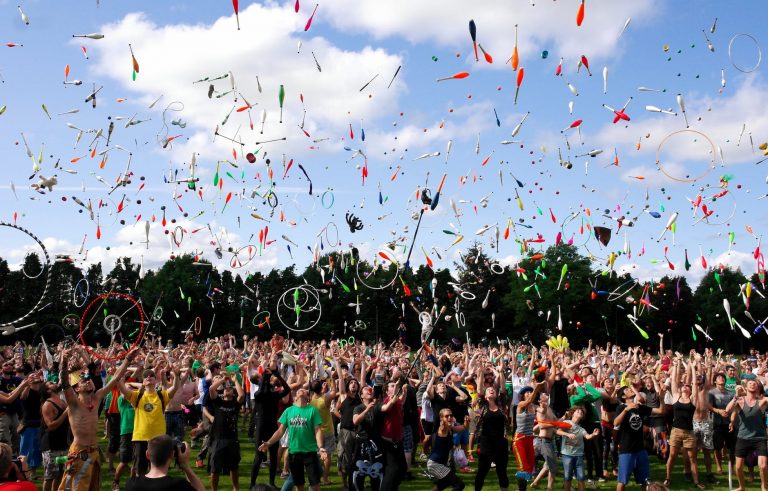
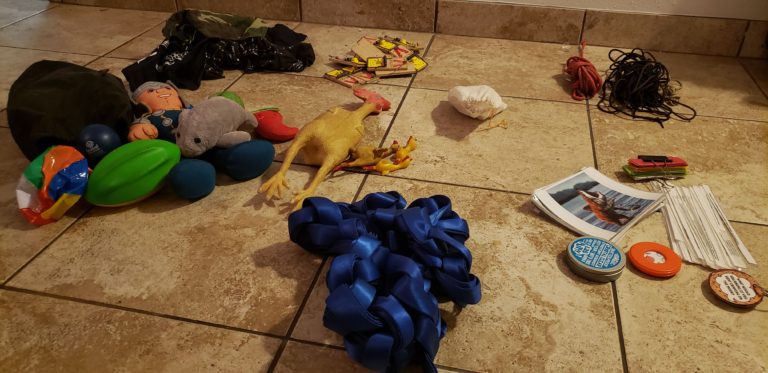


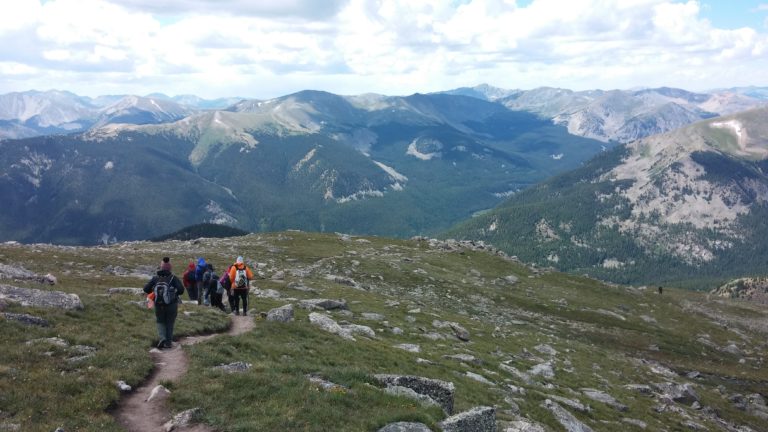
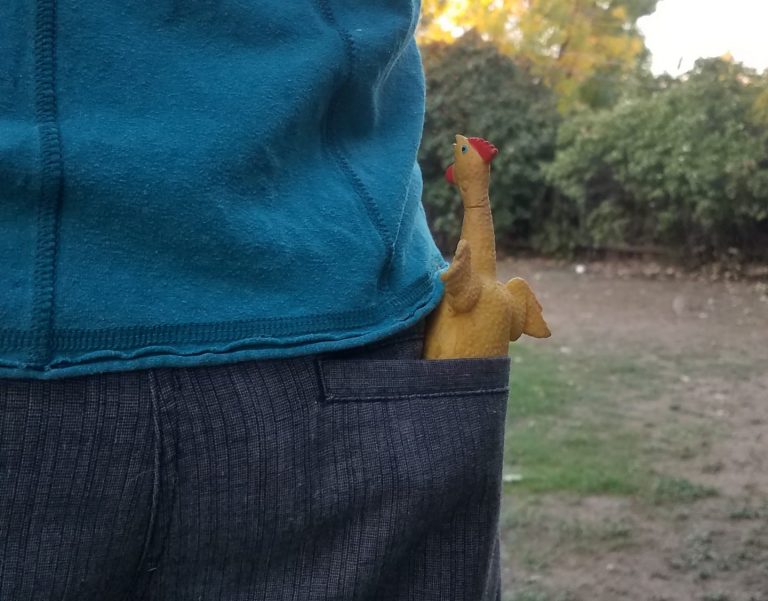

Thanks!!